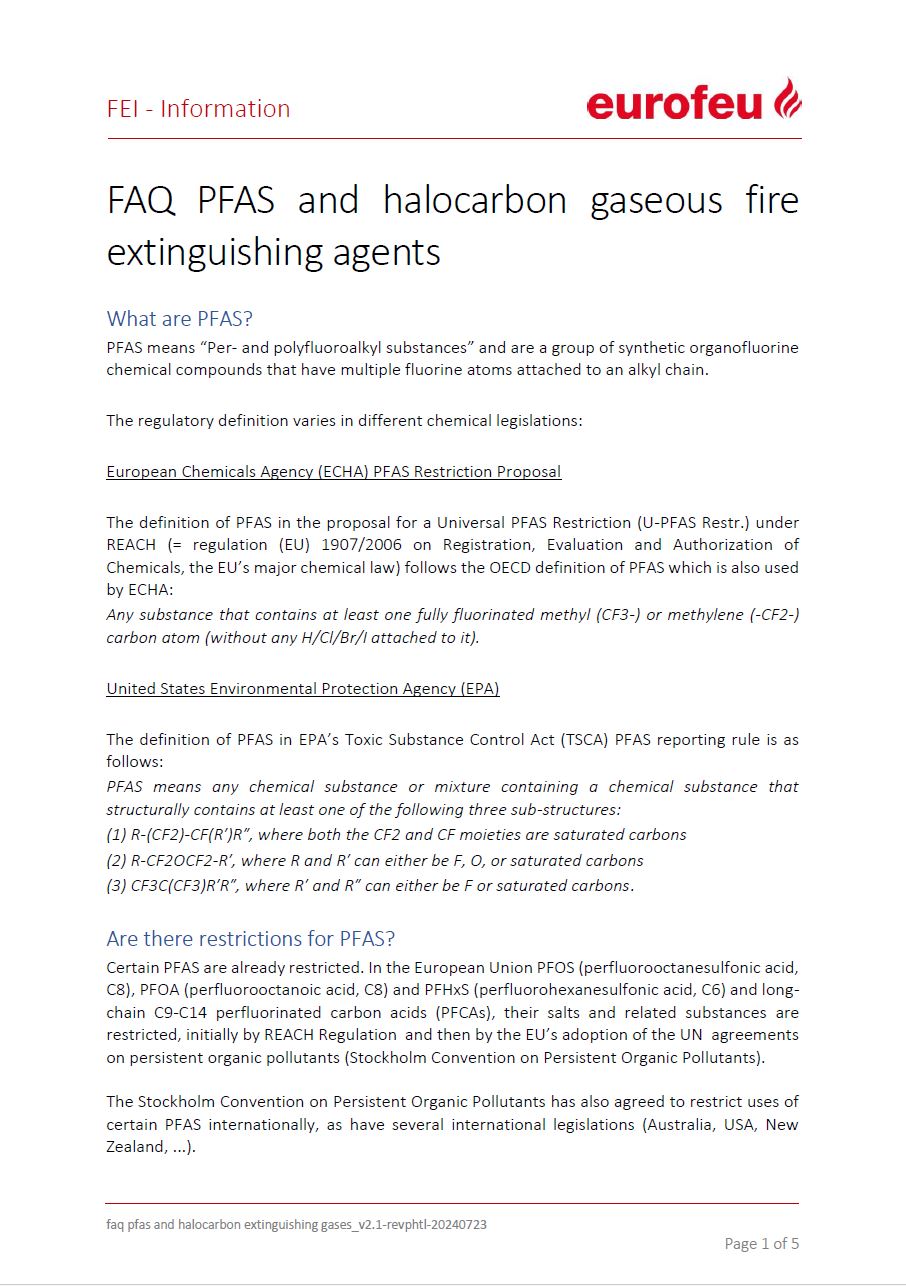
What are PFAS?
Are there restrictions for PFAS?
Are halocarbon gaseous fire extinguishing agents included in these current PFAS restrictions?
How are halocarbon gaseous fire extinguishing agents affected by a Universal PFAS Restriction in the European Union?
At what date is the publication of the PFAS regulation planned?
...read more
Secction: FFS

The switch from fluorine-based to fluorine-free firefighting foam concentrates - so-called F3 - is in full swing and will continue keeping us busy in the coming years.
However, this changeover is not just a simple exchange of two firefighting foam agents of the same type and nature, as with the transition from C8- to C6- based AFFF. At that time, the physical chemical properties, application and extinguishing effect of the old and the new product were almost identical, hence in most cases no special measures were required.
In turn moving from AFFF to F3 rather means transitioning to a new foam technology. Therefore, many more aspects have to be considered and looked at in much more detail in order to make this transition successful.
This document informs you about the most important aspects to consider.
...read more
Section: FFA
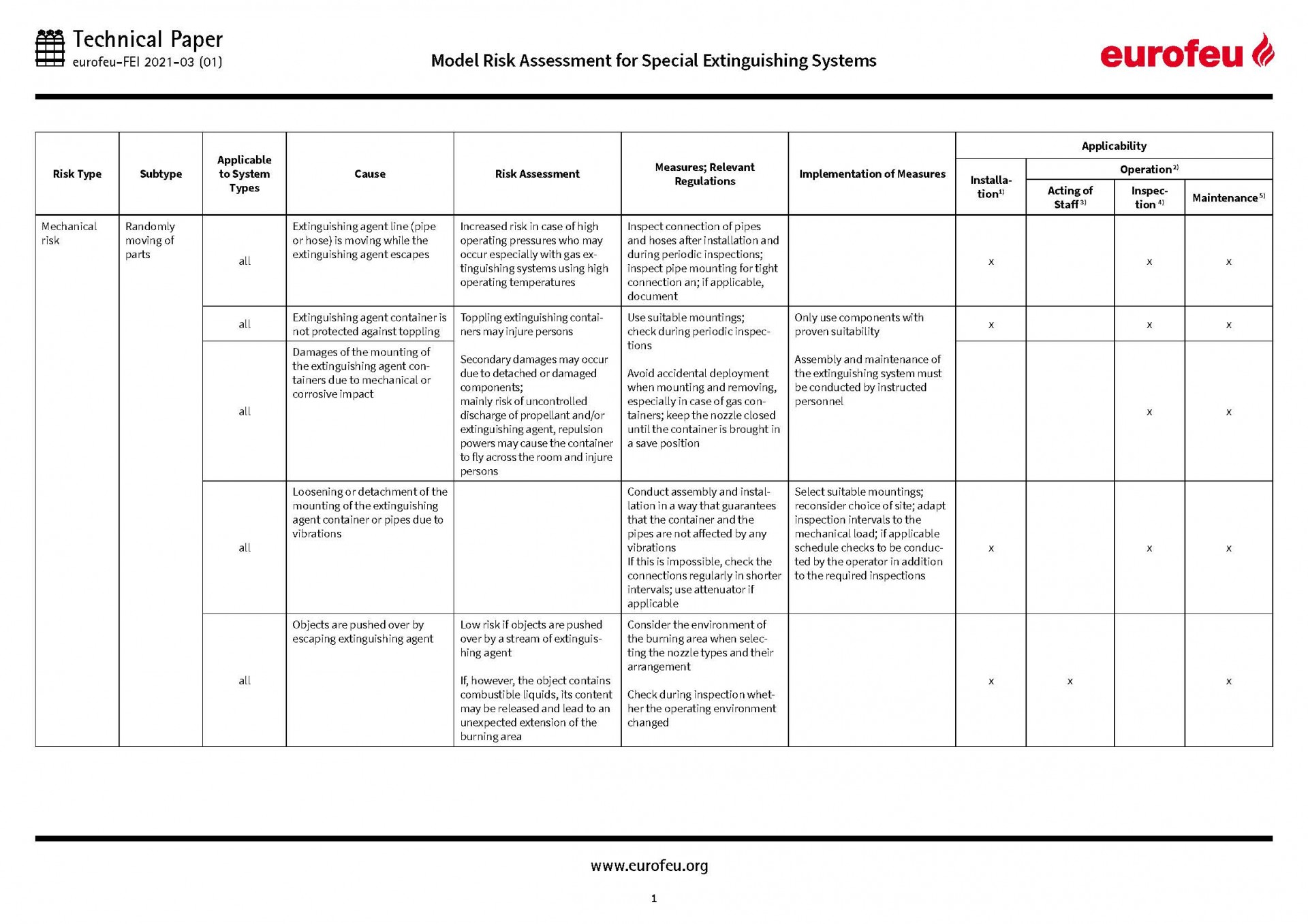
The aim of the “Model Risk Assessment for Special Extinguishing Systems” is to provide the operator with an aid that enables him to prepare the risk assessment for special extinguishing systems. It represents a general compilation of known hazards - independent of the specific workplace. The employer/operator has to adapt it by the taking into account the specific extinguishing system and the conditions in the workplace. On the basis of this model risk assessment, the operator can determine the relevant hazards and take suitable measures.
...read more
Section: FFS
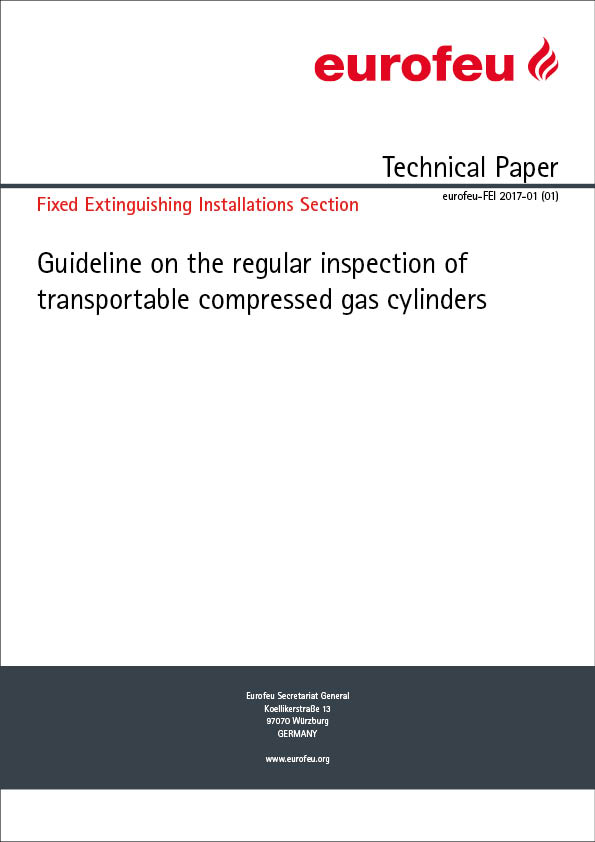
At present, there is confusion as to when extinguishing agent containers have to undergo periodic inspections under the Pressure Equipment Directive, the Transportable Pressure Equipment Directive and the transport regulations under the relevant standards. This guideline document contains recommendations for the handling of pressurized gas containers of special extinguishing systems.
...read more
Section: FFS
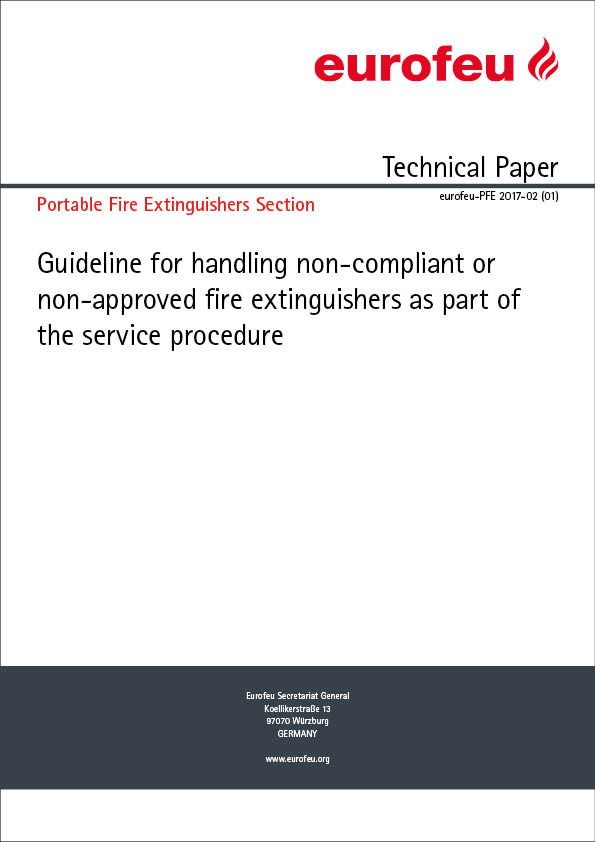
This guideline is to provide maintenance services with information and advice on how to deal with non-compliant or unauthorized fire extinguishers during servicing procedures.
...read more
Section: PFE
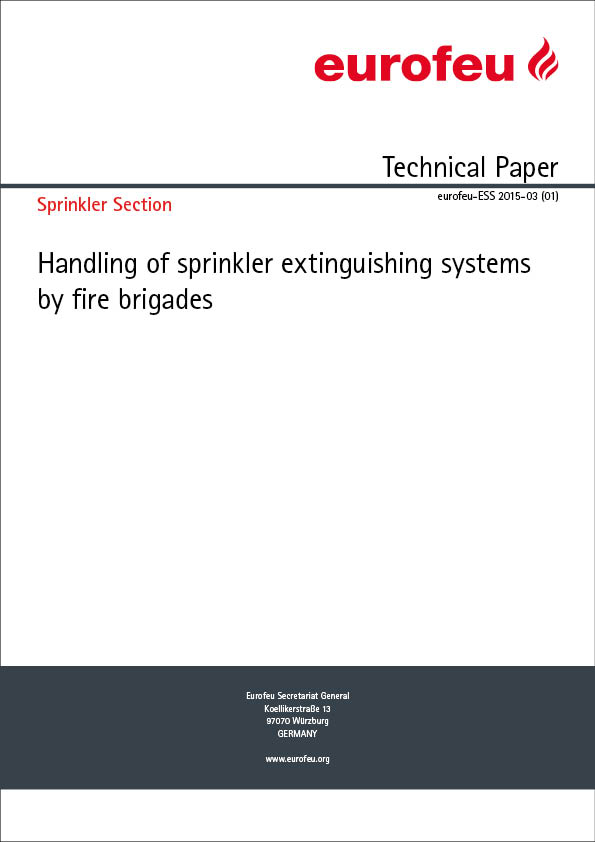
In this presentation, the advantages of sprinkler extinguishing systems, their handling by the fire brigade and frequently asked questions will be discussed. Among other things, it provides basic knowledge about the construction and design of sprinkler extinguishing systems.
...read more
Section: ESS
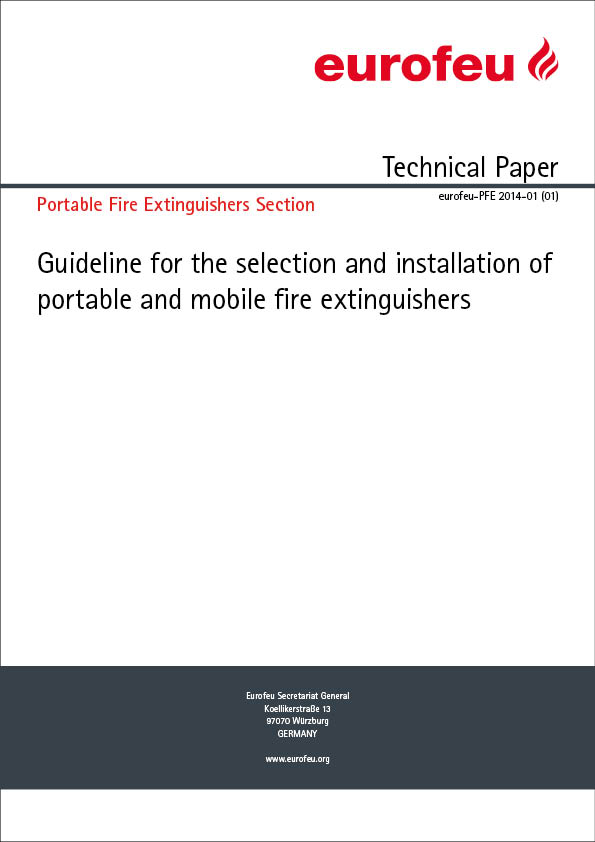
Portable fire extinguishers are suitable for extinguishing incipient fires because they are immediately ready for use and available. They are ideal initial response firefighting equipment. There are different areas of application for these devices.
...read more
Section: PFE
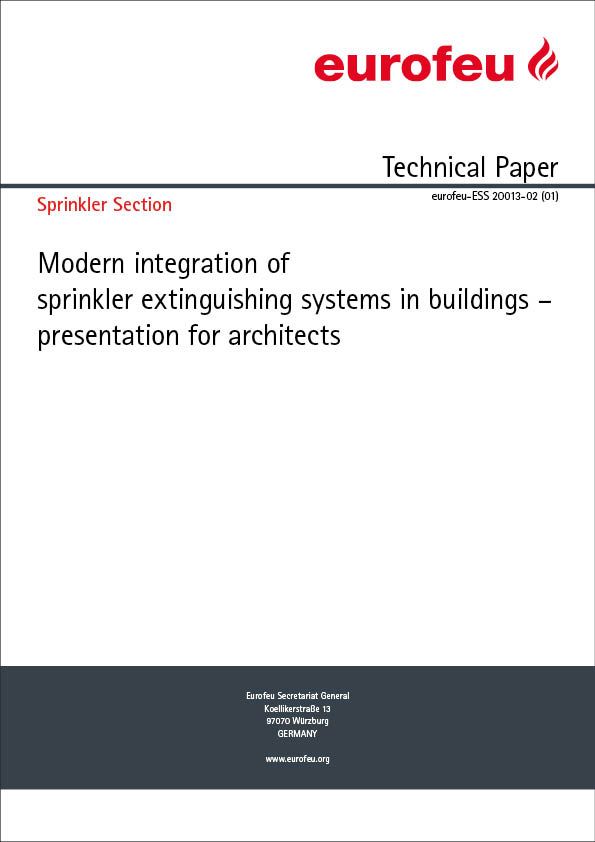
With modern building materials, such as large glass surfaces or open steel structures, it is often a problem to meet fire protection requirements. If these building materials are installed, the fire protection requirements can often only be met by a sprinkler extinguishing system.
...read more
Section: ESS
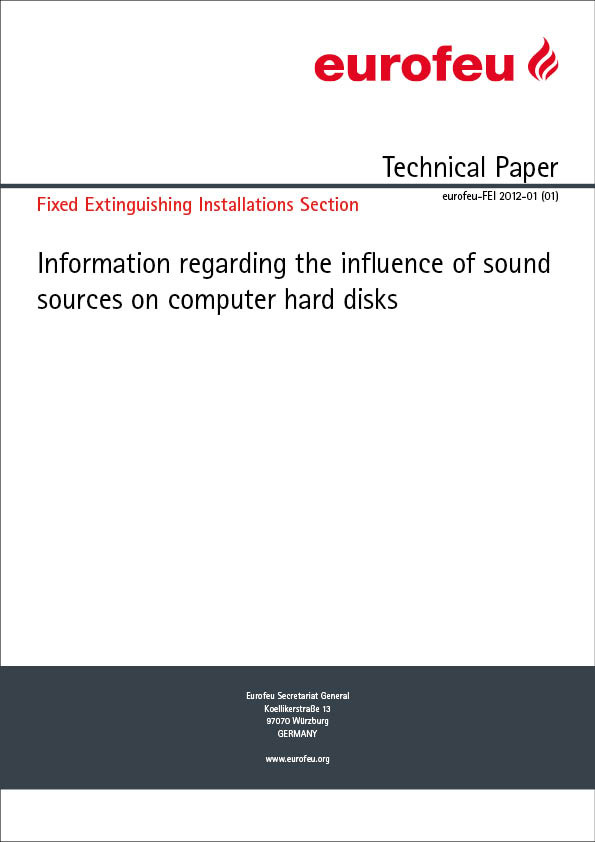
Gas extinguishing systems have been used extensively for decades to protect computer rooms, IT rooms, data storage areas and other high-value facilities. In the past, there have been isolated malfunctions of hard disks for data backup in connection with gas extinguishing systems in IT rooms. This information sheet explains the problem and provides possible solutions.
...read more
Section: FFS
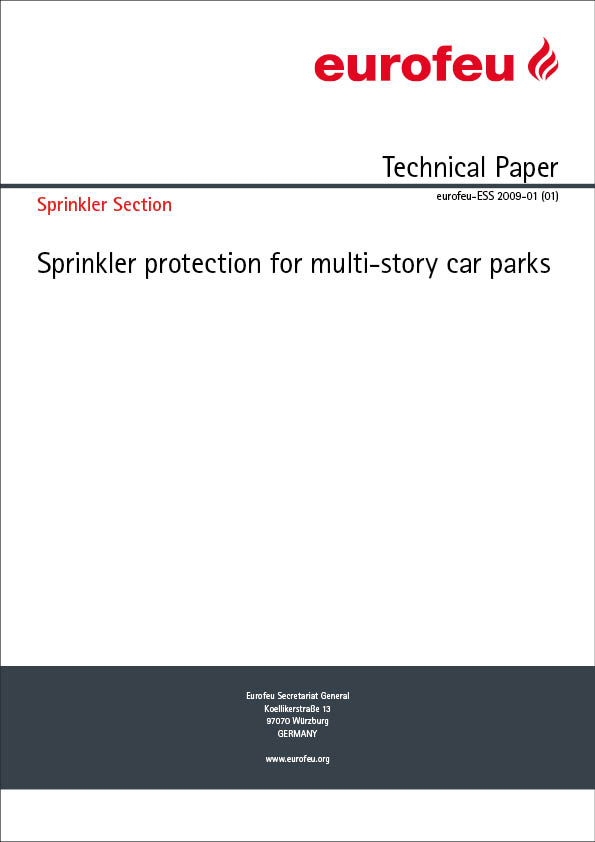
Today, modern vehicles are made of a variety of highly flammable materials such as plastic, rubber or textiles. In addition, there is the fuel in the vehicle tanks. This leads to a high fire load in multi-story car parks. This article shows the risks and solutions.
...read more
Section: ESS